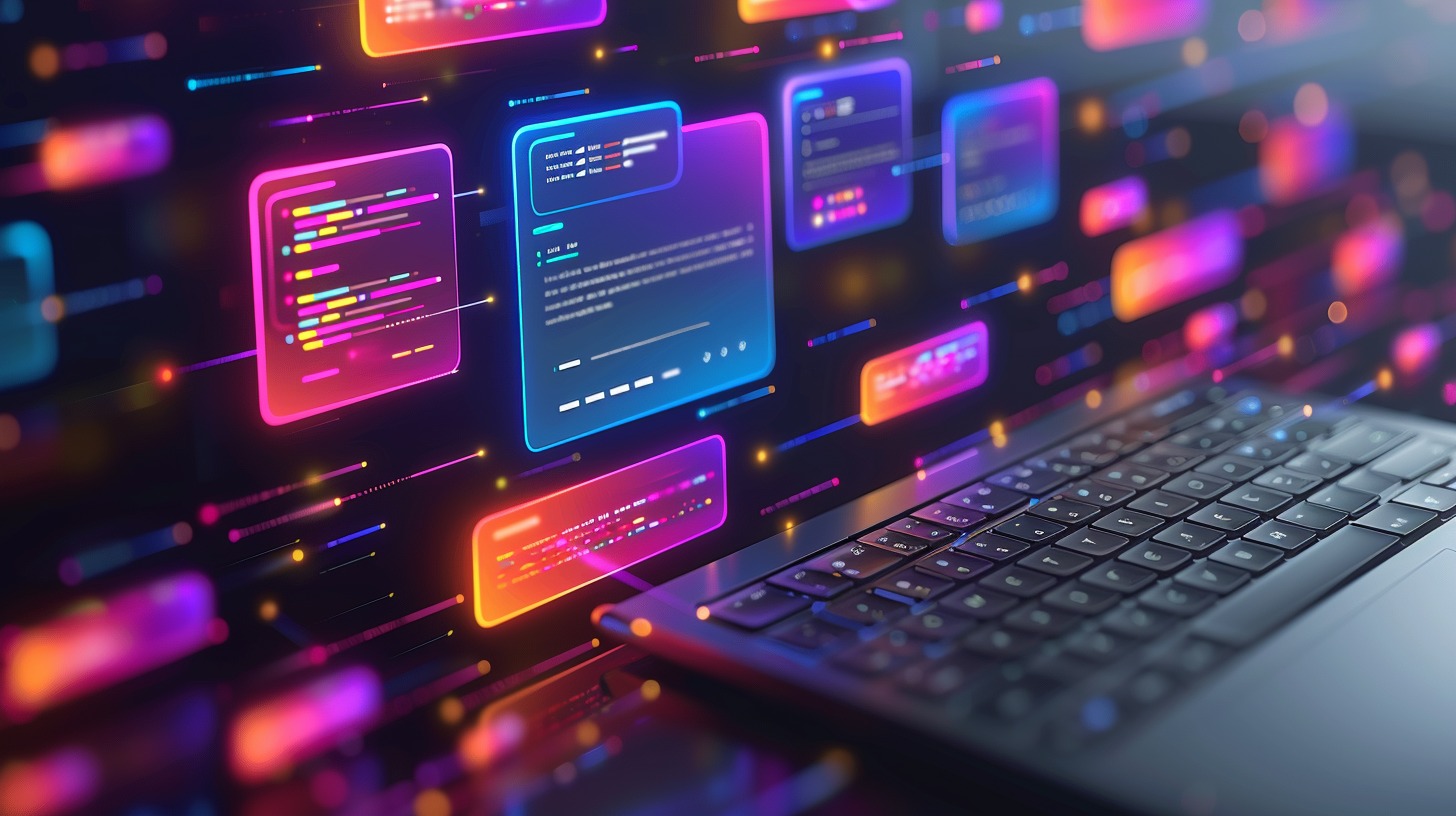ChatGPT, developed by OpenAI, uses advanced language models—GPT-3.5, GPT-4, and GPT-4o—to generate text. The “GPT” stands for Generative Pre-trained Transformer, with GPT-4o being unique for its multimodal capabilities, processing text, images, and audio. Since its release, ChatGPT has made AI text generation widely accessible and free, driving interest in conversational AI. While other large language models exist, like Google’s Gemini and Meta’s Llama 3, OpenAI’s GPT models remain the industry standard.
What is ChatGPT?
Chat GPT solution, developed by OpenAI, is a highly advanced chatbot utilizing GPT AI models to answer questions, draft content, generate images, translate languages, and more. The latest ChatGPT iteration, using the GPT-4o model, is multimodal, responding to text, images, and audio. Launched in late 2022, it has evolved to search the web, interact with other applications, and create images using DALL·E 3.
ChatGPT collects real-world data for model refinement and offers three models: GPT-3.5 (free), GPT-4 (limited to Plus subscribers), and GPT-4o (available to all). It also remembers the context of the conversation for a more interactive experience. Try it for five minutes to explore its capabilities.
How Does ChatGPT Work?
ChatGPT functions by interpreting your prompt and generating strings of words that it predicts will best respond to your query based on the data it was trained on. While this might sound straightforward, the underlying complexity is astonishing.
Supervised vs. Unsupervised Learning
GPT stands for “pre-trained,” highlighting its advanced capabilities. Unlike earlier AI models relying on costly supervised learning with manually labeled data, GPT uses generative pre-training on vast, unlabeled data from the internet. This unsupervised approach helps GPT understand text rules and relationships. GPT-4 further expanded its training to include text, images, and audio, enhancing its comprehension. To ensure consistent behavior, GPT undergoes fine-tuning, often incorporating supervised learning methods.

Transformer Architecture
The training of deep learning neural networks, like ChatGPT, involves using transformer architecture, which simplifies AI design and accelerates training by enabling parallel computations. Unlike older models that process text sequentially, transformers use self-attention to simultaneously consider all parts of a text, improving efficiency and performance. This architecture relies on tokens to encode text or images as vectors, enhancing the model’s ability to recognize patterns and generate human-like responses. Although the detailed math is intricate, resources are available for those interested in deeper technical explanations.
Tokens
Understanding AI models’ text interpretation is crucial. GPT-3, trained on 500 billion tokens from a diverse corpus, uses 175 billion parameters to generate text. GPT-4 likely has more parameters and enhanced training methods, incorporating text, images, and audio. Future models may use synthetic data due to a shortage of human-created content. Competitive dynamics limit transparency about these models.
Reinforcement Learning from Human Feedback (RLHF)
GPT’s initial neural network was unfit for public use, having minimal guidance. OpenAI improved ChatGPT using reinforcement learning with human feedback (RLHF), creating demonstration data and a reward model to refine responses. This process has enhanced the safety and reliability of newer models like GPT-4.
Natural Language Processing (NLP)
GPT is designed to excel in natural language processing (NLP), which includes tasks like speech recognition, machine translation, and chatbots. NLP involves teaching AI the rules of language and developing algorithms to perform specific tasks. GPT uses a transformer-based neural network to break down prompts into tokens, understand their meaning, and generate coherent responses. This sophisticated process allows GPT to produce relevant and contextually appropriate text.





